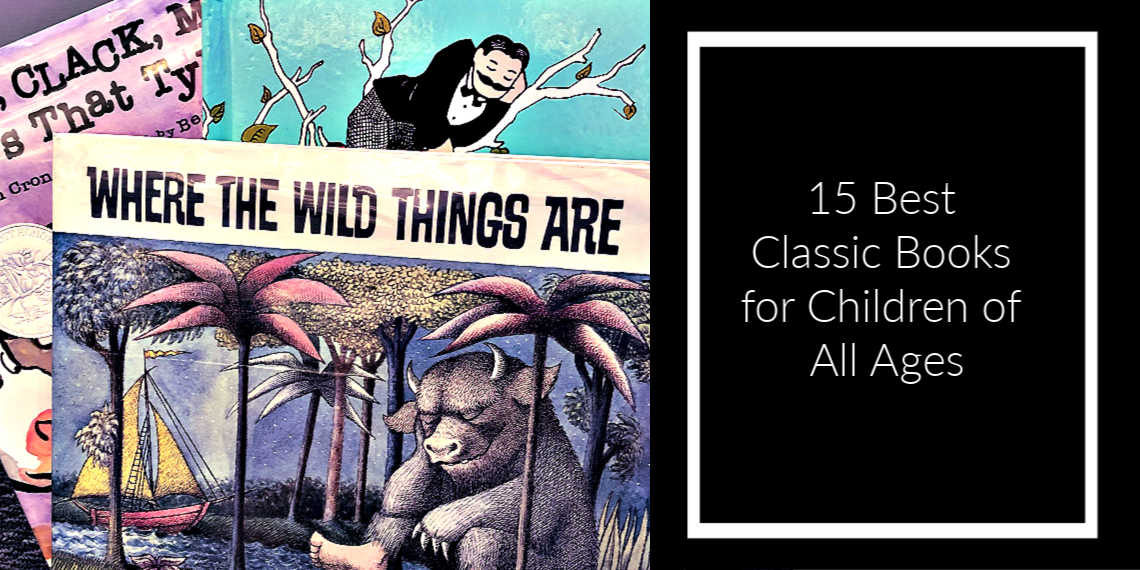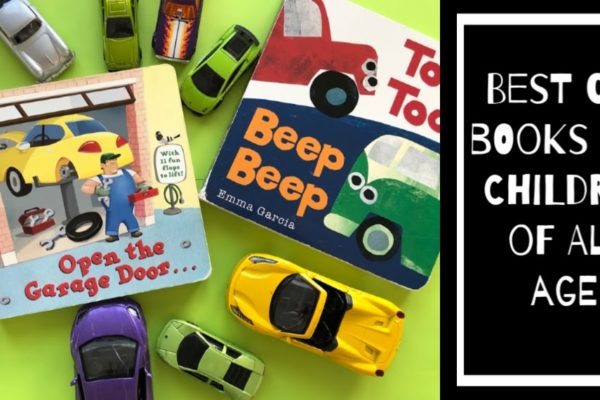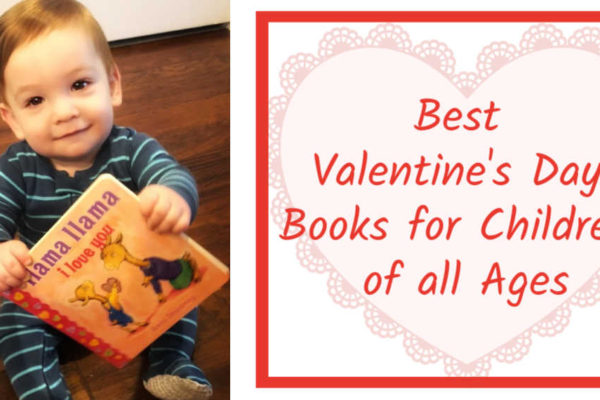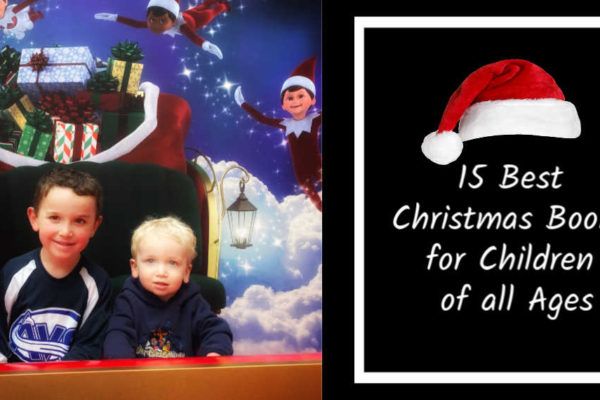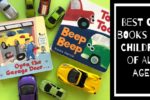15 of the best Classic Books for Children of all ages
What makes a book a classic? According to our Reading Boots list, it’s a book that has stood the test of time, some as far back as the 1930’s. They are books that children find visually appealing, with characters that are believable, story lines that are relatable, interesting language patterns, and when finished reading, are asked to be reread. Classic books can be a step back in time to revisit warm and special memories. Some of the books on this list were childhood favorites of mine that I read to my own children and am reading to my grandson now. It’s extra-special when you can say, “This book was a favorite of mine when I was your age!”
Oldies but Goodies
The Little Engine That Could

The Little Engine That Could, by Watty Piper, 1930. A little engine never stops believing that it can make it over an impassable mountain to deliver toys to the boy and girls on the other side. This classic delivers a strong message about determination and positive thinking, conveyed through the little engine’s chant, “I think I can, I think I can.”
The Story of Ferdinand

The Story of Ferdinand, by Munro Leaf, 1936. Ferdinand is a peaceful bull who prefers to smell the flowers instead of fight, much to the disappointment of the bullfighters in the Madrid bullring. This delightful story, beloved by readers through the decades, celebrates Ferdinand as a role-model for being true to oneself.
Madeline

Madeline, by Ludwig Bemelmans, 1939. The first in a series of Madeline books, about a little girl who lives in a boarding school with twelve other girls. Rhythmic, rhyming text describes their daily activities, until Madeline has an appendicitis and must stay in the hospital. Amusing ending that’s relatable from a child’s point of view. I read this book so many times as I child, I can still recite the beginning stanzas from memory.
Mid-Century Favorites
Caps for Sale

Caps for Sale, by Esphyr Slobodkina, 1940. While a peddler of caps takes a nap by a tree, the mischievous monkeys in the tree steal the caps for themselves. The peddler awakens and angrily demands the return of his caps while the monkeys humorously imitate his actions. Super fun book for child interaction with opportunities for role-playing and predicting how the peddler might outwit the monkeys.
The Carrot Seed

The Carrot Seed, by Ruth Krauss, 1945. A little boy plants a carrot seed and waters it and cares for it, even though everyone tells him it won’t grow. In the end, an enormous carrot grows, just as the boy knew it would. A simple and beautiful story about faith, patience, and perseverance.
Harry the Dirty Dog

Harry the Dirty Dog, by Gene Zion, 1956. The lovable Harry doesn’t want to have a bath, so he runs away and has lots of adventures that make him even dirtier. When he’s ready to return home, his family doesn’t recognize him. A happy ending for Harry, scrubbed clean and in the warm embrace of his family, making this book the perfect incentive for a bath.
Nostalgic Read Alouds
The Snowy Day

The Snowy Day, by Ezra Jack Keats, 1962. Beautifully illustrated and simply told, this story captures the awe of a young boy, Peter, waking up on the first snowy day and playing in the fresh snow. An important book, ground breaking in 1962, as it was one of the first picture books about an African-American child in a realistic, urban setting.
Where the Wild Things Are

Where the Wild Things Are, by Maurice Sendak, 1963. Max, dressed up in a wolf suit, is sent to his room for being wild and naughty. While in his room, he imagines being in a jungle, with a boat that sails him to the land of the wild things, where he is welcomed by huge monsters as being the wildest of all. Gorgeous, energetic illustrations transport the reader into Max’s imaginary world.
Pair this interactive strategy with Where the Wild Things Are!
Whistle for Willie

Whistle for Willie, by Ezra Jack Keats, 1964. Another Ezra Jack Keats favorite about Peter who wants to whistle for his dog, Willie. He tries and tries repeatedly, in different settings and situations, and eventually, he’s successful. Readers of all ages will relate to Peter’s perseverance and share in the joy of his accomplishment.
Corduroy

Corduroy, by Don Freeman, 1968. The endearing story of Corduroy, a bear on a store shelf, who feels unwanted when he discovers his overalls are missing a button. After the store closes, he climbs down from his shelf and wanders through the big store in search of his button, until a security guard finds him and returns him to the shelf. In the end, a little girl buys Corduroy, sews a new button on his overalls, and gives him the loving home he was hoping to find.
Miss Nelson is Missing!

Miss Nelson is Missing! Harry G. Allard, Jr., 1977. The students in Miss Nelson’s class are completely out of control, and poor Miss Nelson is at her wit’s end. One day, she’s not at school, and a mean and vile substitute named Viola Swamp takes her place. Great illustrations by James Marshall, lots of fun situations, and an amusing “aha” moment at the end.
Contemporary Classics
If You Give a Mouse a Cookie

If You Give a Mouse a Cookie, Laura Numeroff, 1985. A personable, backpack-wearing mouse encounters a boy who is eating cookies. When the boy gives the mouse a cookie, it leads to a chain of other requests, keeping the boy busy accommodating the mouse. Adorable illustrations and a clever circular storyline. This book will leave parents with a knowing smile!
The True Story of the Three Little Pigs

The True Story of the Three Little Pigs, by Jon Scieszka, 1989. Told from the wolf’s point of view, this “fractured” fairy tale provides a new twist on the Three Little Pigs story. In this version, the wolf proclaims his innocence and retells the story from his point of view. Humorously detailed illustrations add further delight to this parody, with lots of opportunities for parent-child engagement.
The Kissing Hand

The Kissing Hand, by Audrey Penn, 1993. A sweet and reassuring story about little Chester Raccoon who experiences anxiety about leaving his mother and starting kindergarten. His mother shows him the family secret of the kissing hand: after kissing his palm, she tells him that whenever he feels sad or lonely, he can press his palm to his cheek to remind him of his mother’s love. A classic “first day of kindergarten” read aloud and a perfect story for any parent-child separation.
Click Clack Moo: Cows that Type

Click Clack Moo: Cows that Type, by Doreen Cronin, 2000. A delightfully funny story about the cows in Farmer Brown’s barn who find an old typewriter and type up outrageous requests for the farmer to fulfill. When Farmer Brown refuses, the cows go on strike. Eventually, the cows and the farmer come to an agreement, and that leads to a surprising and hilarious ending.
Find a favorite from your childhood for read aloud time, and perhaps that book will become one that will be shared with future generations.
Get your Reading Boots on and enjoy the journey.


